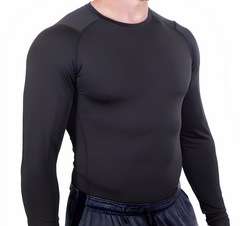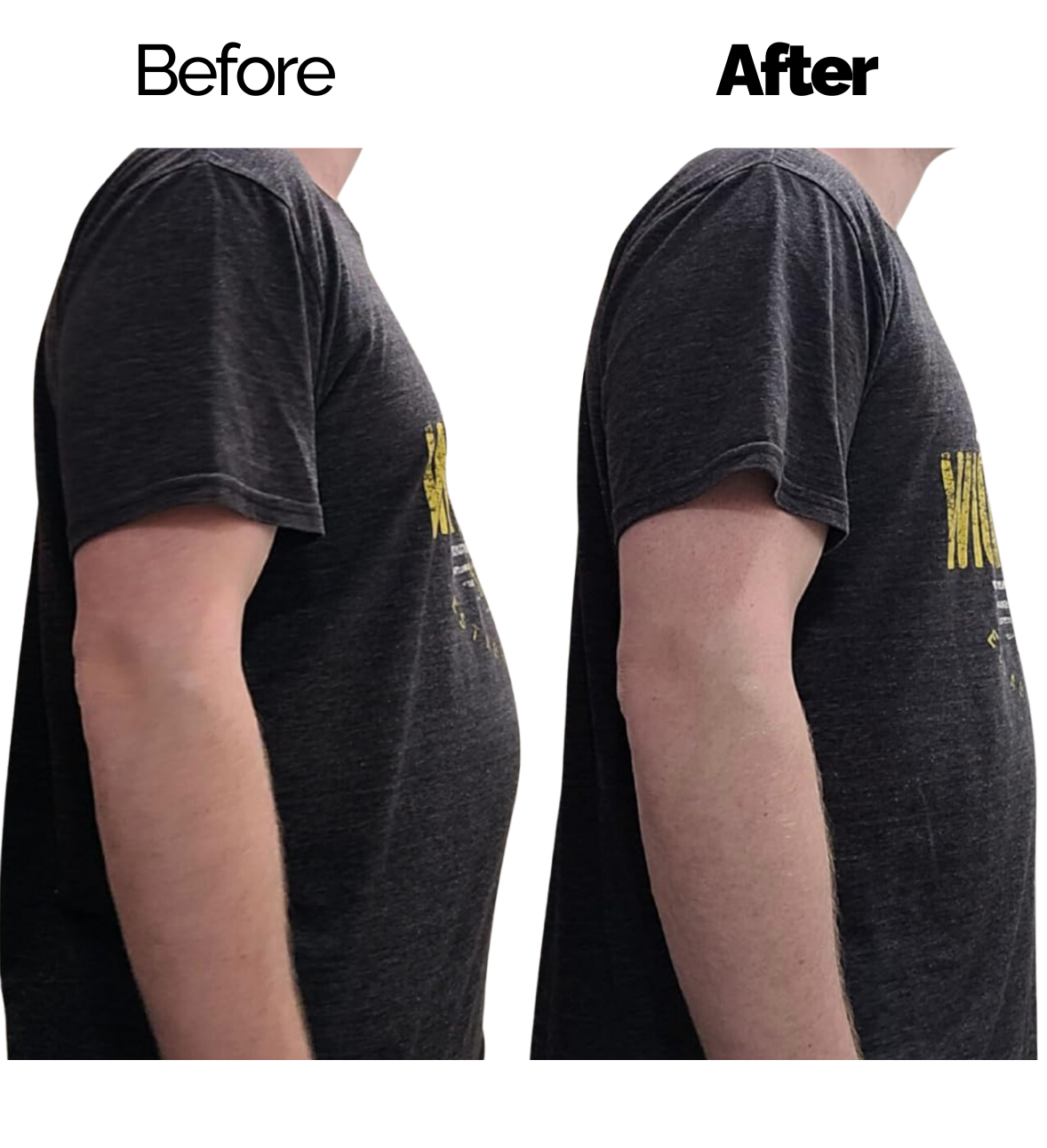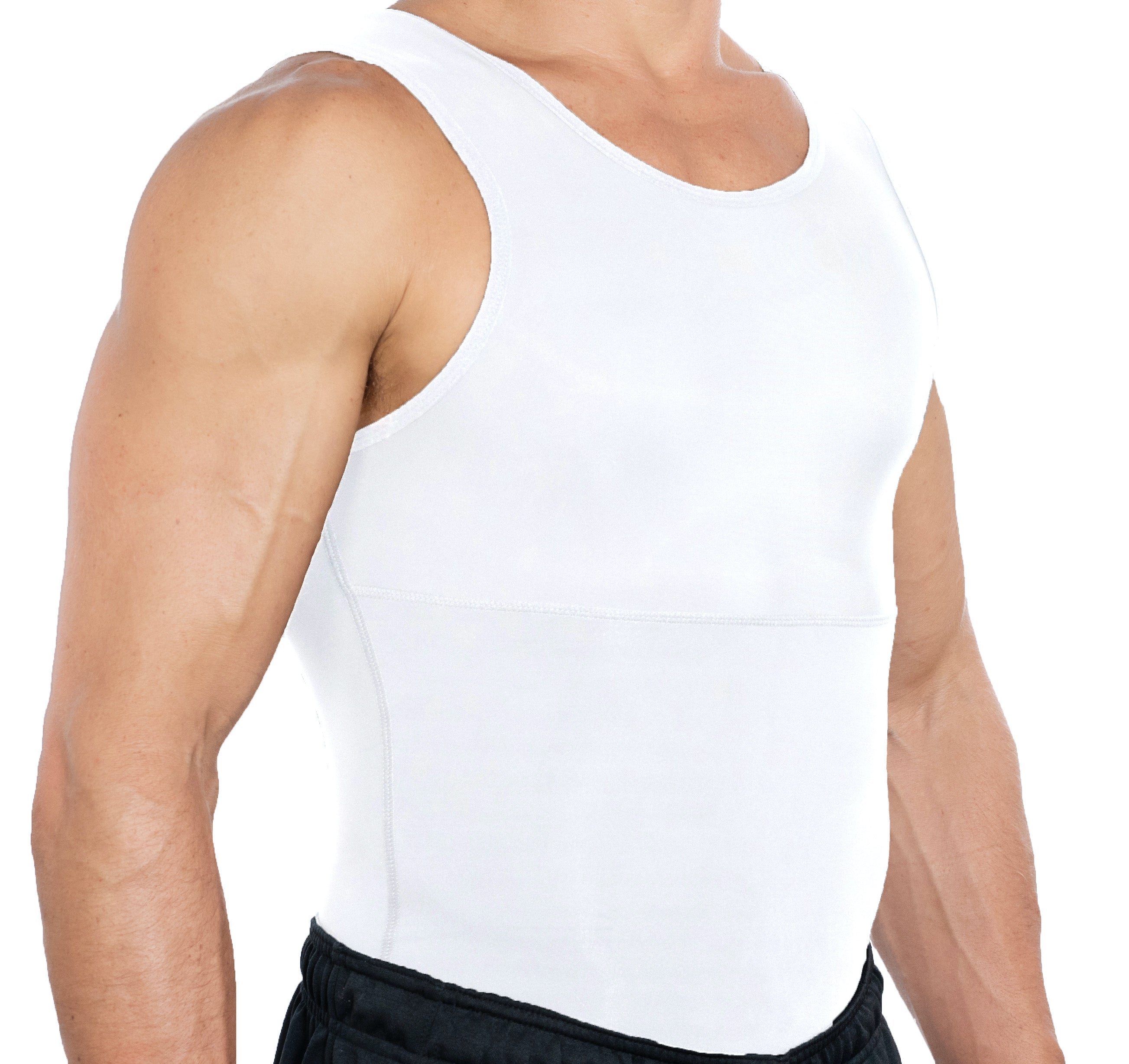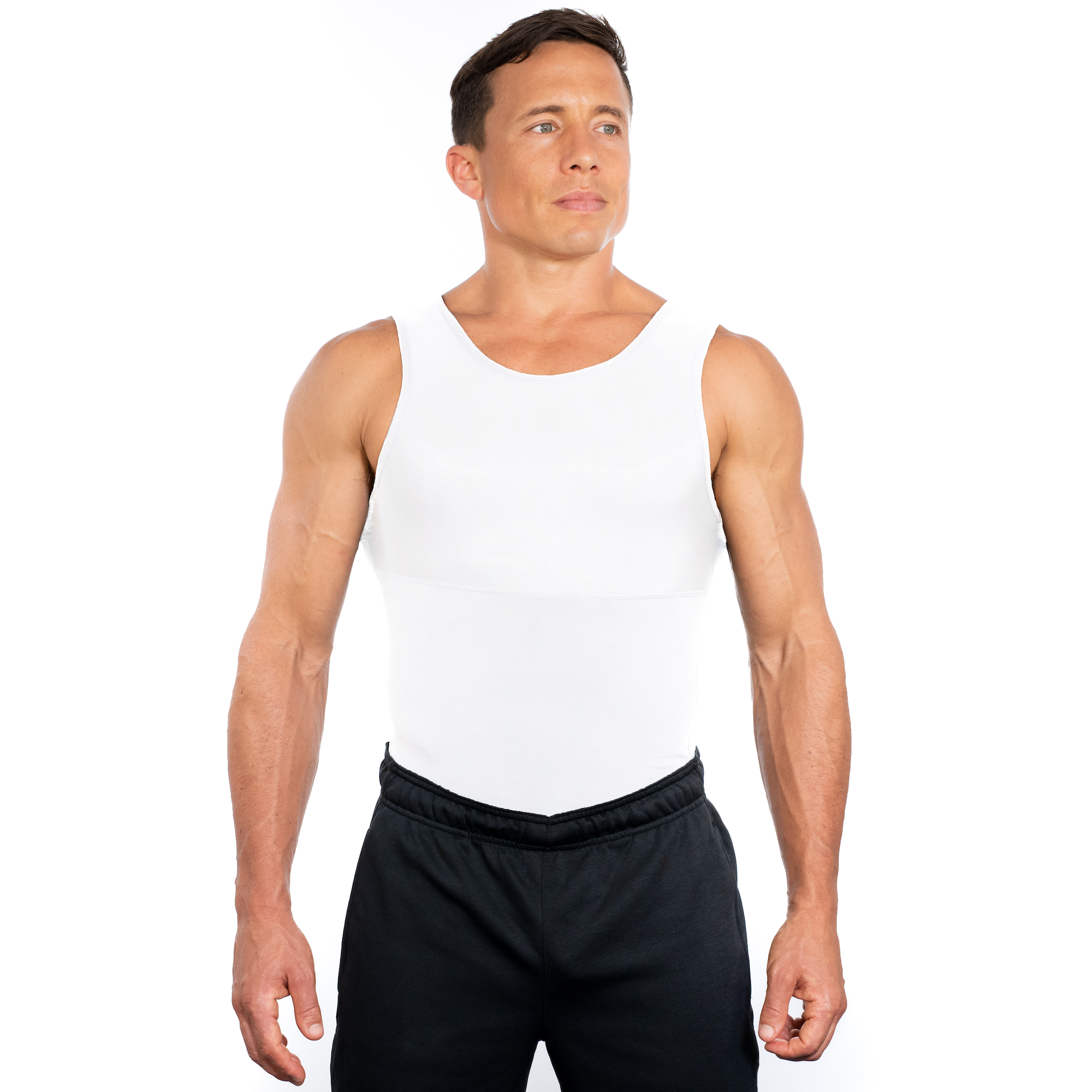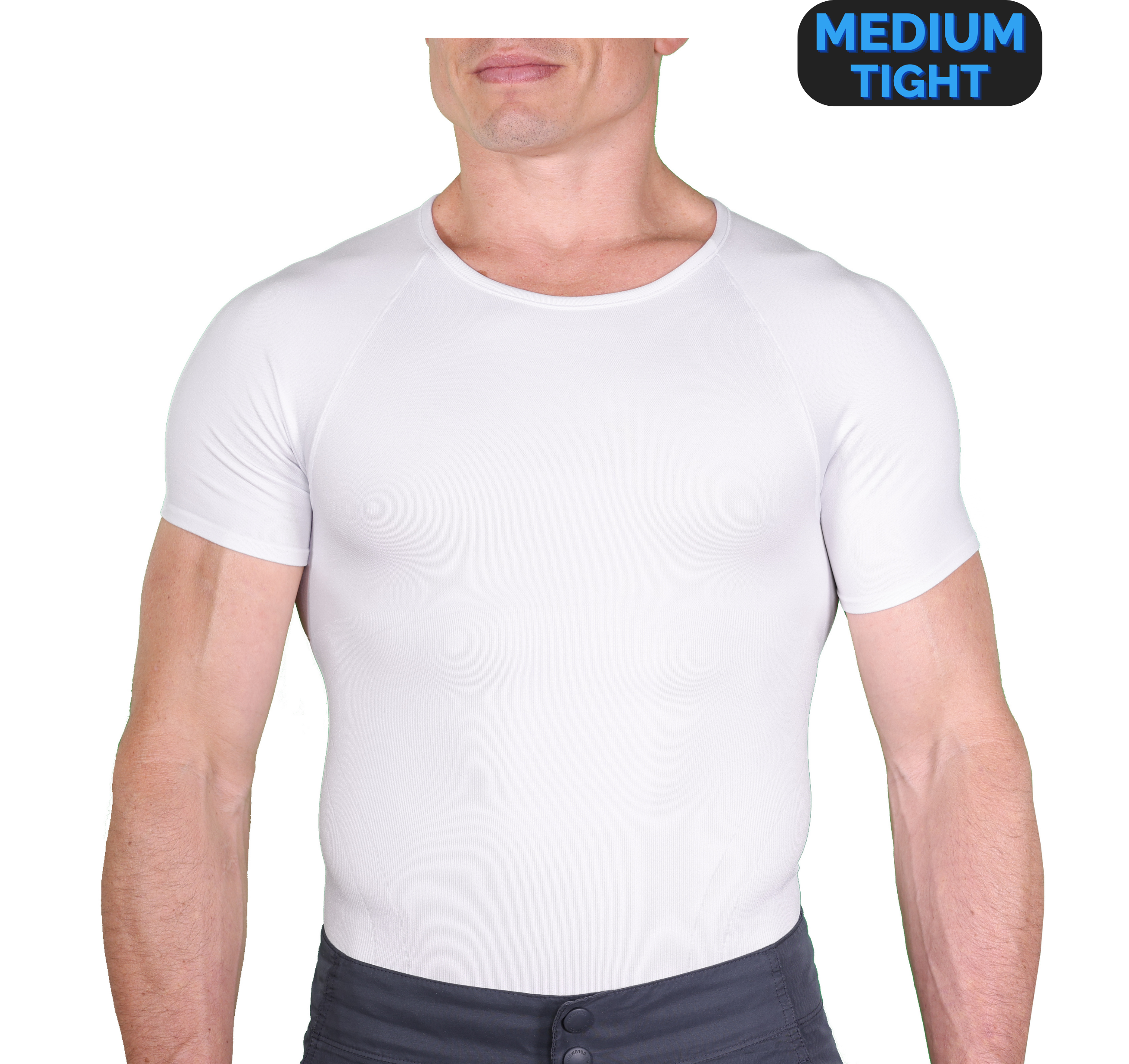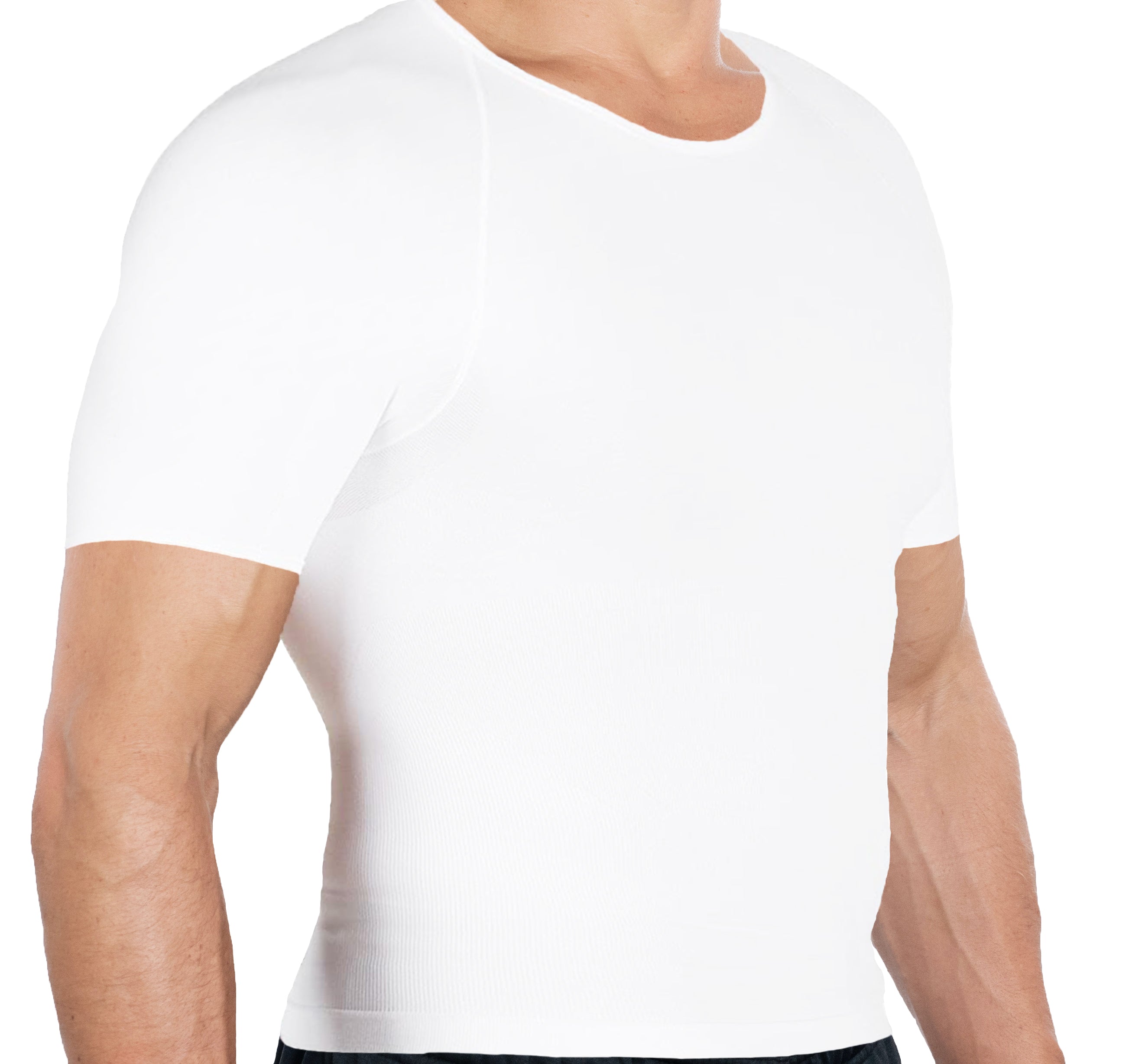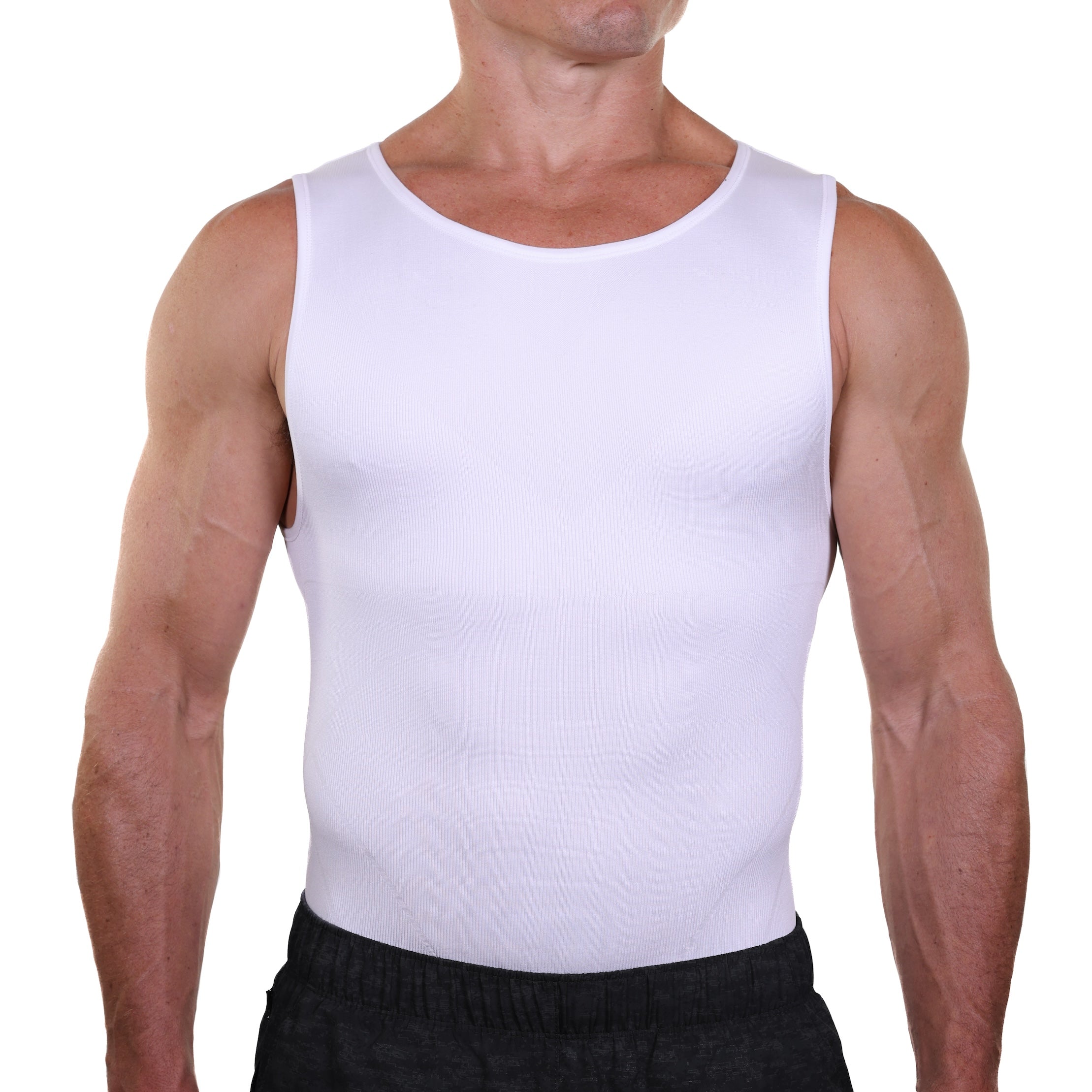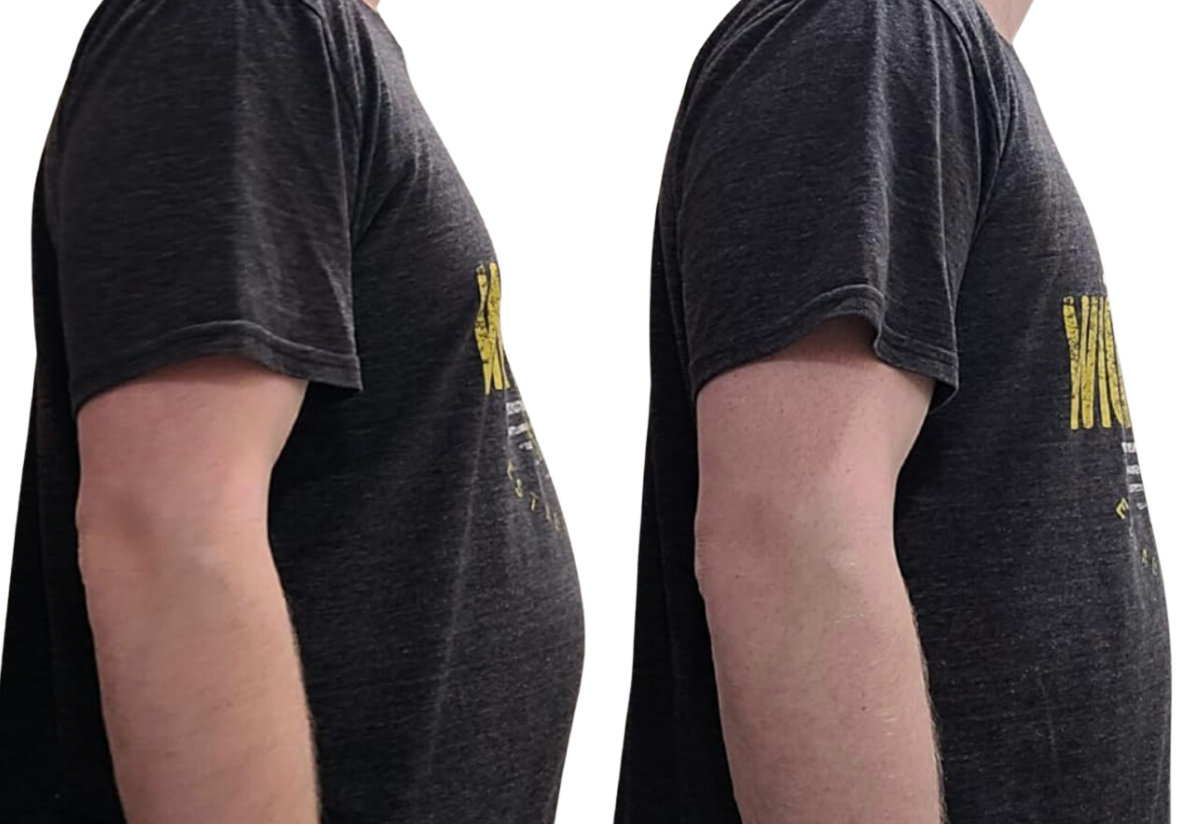As a male, breast growth during puberty can be unsettling. , gynecomastia affects many teenage boys and has an impact on their comfort and confidence. The good news? Gynecomastia often goes away on its own without medical help. This guide will cover what gynecomastia is, its causes, symptoms to watch for, risks of not treating it, and natural ways to reduce or eliminate it. We'll look at remedies, exercises, foods to avoid, and lifestyle changes that can help with gynecomastia during puberty.
Understanding Gynecomastia During Puberty
Gynecomastia during puberty means breast tissue grows in boys. An imbalance of hormones causes this. Estrogen levels rise more than testosterone levels. This hormonal shift happens on its own as the body changes a lot during puberty.
You should know that gynecomastia in puberty differs from adult gynecomastia. Adult gynecomastia often stems from things like being overweight taking certain drugs, or having health issues. But gynecomastia in puberty fixes itself within two years.
Symptoms and Signs of Gynecomastia During Puberty
The main sign of gynecomastia in pubescent boys is breast growth. Young males might spot small, firm, and sore lumps under their nipples, which can show up on one or both breasts. When touched, the breast tissue might feel rubbery or firm.
To distinguish gynecomastia from pseudo-gynecomastia is crucial. Pseudo-gynecomastia happens when fat builds up in the chest area. This can also occur during puberty but boys can resolve it by eating well and working out.
Causes of Gynecomastia During Puberty
As we discussed earlier, gynecomastia in puberty stems from a hormone imbalance when estrogen levels rise compared to testosterone. This imbalance in hormones can happen due to several reasons such as:
Natural Hormone Shifts
Puberty brings big changes to the body as it grows from childhood to adulthood. Shifts in hormones, like more estrogen, can make breast tissue grow in boys.
Drugs
Some drugs can lead to gynecomastia during puberty. These include muscle-building steroids drugs that block male hormones, and some medicines for epilepsy and anxiety.
Health Problems
Medical conditions that have an influence on gynecomastia during puberty include hyperthyroidism, hypogonadism, and Klinefelter syndrome, among others.
Results of Untreated Gynecomastia During Puberty
Gynecomastia during puberty goes away on its own, but it can cause major physical and emotional discomfort if left untreated. Boys with gynecomastia during puberty might experience:
Mental Stress
Gynecomastia during puberty can lead to significant mental stress resulting in poor self-image, worry, and sadness.
Aches and Soreness
Breast tissue growth can result in physical soreness and aches when doing physical activities or wearing tight clothes.
Social Stigma
Men with breast tissue often face shame and social stigma. This can result in them avoiding social situations and feeling isolated.
Natural Remedies to Treat Gynecomastia During Puberty
Gynecomastia during puberty goes away on its own. However, some natural remedies can help to decrease or get rid of breast tissue growth.
Zinc
Zinc, a key mineral, has a big impact on male hormone balance. Research shows that taking zinc supplements can lower estrogen levels and boost testosterone levels. This might help to reduce breast tissue growth in boys who have gynecomastia.
Turmeric
Turmeric has curcumin, which acts as a natural anti-inflammatory agent. Curcumin can limit breast tissue growth and inflammation easing gynecomastia symptoms during puberty.
Green Tea
Green tea contains catechins, which work as anti-inflammatory and antioxidant agents. Research indicates that green tea can lower estrogen levels reducing breast tissue growth in boys who have gynecomastia.
Exercises to Ease Gynecomastia During Puberty
Exercise alone might not eliminate breast tissue growth, but some exercises can help minimize the appearance of gynecomastia during puberty.
Cardiovascular Exercise
Cardiovascular exercise, like running, biking, or swimming, has an impact on reducing overall body fat, which may decrease the look of breast tissue.
Strength Training
Strength training exercises such as push-ups, chest presses, and dumbbell flyes, help to build chest muscles, which may decrease the look of breast tissue.
High-Intensity Interval Training (HIIT)
HIIT involves short bursts of intense activity followed by rest periods. HIIT helps to burn fat and build muscle, which may decrease the look of breast tissue.
Foods to Avoid to Reduce Gynecomastia During Puberty
Specific foods might boost estrogen levels or encourage fat buildup worsening breast tissue growth in boys with gynecomastia.
Soy Products
Soy products have phytoestrogens, which can act like estrogen in the body leading to more breast tissue growth.
Processed Foods
Processed foods often contain lots of sugar and unhealthy fats, which might lead to fat buildup and inflammation worsening breast tissue growth.
Alcohol
Alcohol might raise estrogen levels and encourage fat buildup worsening breast tissue growth.
Lifestyle Changes to Treat Gynecomastia During Puberty
Some lifestyle changes can help lessen the effects of gynecomastia during puberty.
Maintaining a Healthy Weight
A healthy weight achieved through a balanced diet and exercise, can help cut overall body fat shrinking the look of breast tissue.
Stress Management
Stress can boost cortisol levels, which can lead to fat buildup and make breast tissue growth worse. To lower stress levels, you can try techniques like meditation or yoga.
Avoiding Certain Medications
As we said before, some medications can cause gynecomastia during puberty. To reduce how much breast tissue grows, it's best to avoid these medications.
Medical Treatments for Gynecomastia During Puberty
Although gynecomastia in teenage boys often goes away by itself, some might need a doctor's help to lessen the growth of breast tissue.
Hormone Therapy
Hormone therapy uses medicines, like tamoxifen or clomiphene, to lower estrogen and boost testosterone levels, which may slow down breast tissue growth.
Surgery
In extreme cases of gynecomastia during the teen years, doctors might need to operate to remove breast tissue. They only think about surgery after other treatments haven't worked.
Conclusion
Gynecomastia in puberty can challenge boys. Yet, with the right know-how and resources, boys can shrink or get rid of breast tissue growth . By grasping the roots, signs, and effects of gynecomastia in puberty and putting into action natural fixes, workouts, foods to skip, and lifestyle shifts, boys can lessen the impact of breast tissue growth and boost their overall life quality.
If you or someone you know has gynecomastia in puberty, you need to check with a doctor to get the right diagnosis and treatment.






